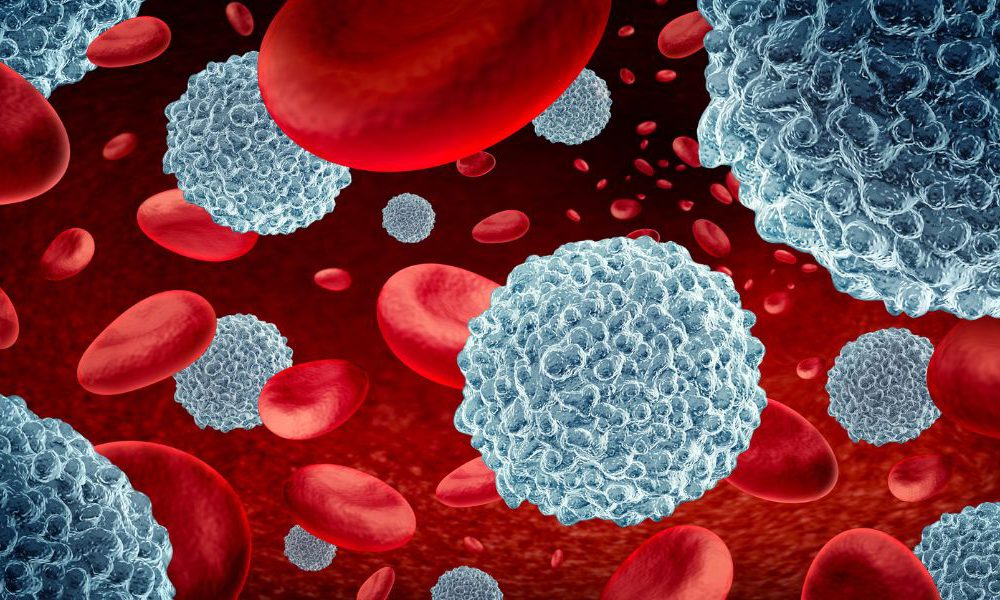- Empty cart.
- Continue Shopping
The Role of White Blood Cells in Immunity

The immune system is a complex network of cells and proteins that work together to defend the body against infections and diseases. White blood cells, also known as leukocytes, play a central role in this defense mechanism.
Types of White Blood Cells
There are several types of white blood cells, each with specific functions in the immune system:
- Neutrophils: These are the most abundant white blood cells and are the first responders to infections. They engulf and destroy bacteria and other foreign invaders.
- Lymphocytes: There are two main types of lymphocytes: B cells and T cells. B cells produce antibodies that target pathogens, while T cells directly attack infected cells.
- Monocytes: Monocytes can transform into macrophages when they enter tissues. Macrophages are large, scavenging cells that engulf and digest pathogens and dead cells.
- Eosinophils: These white blood cells are primarily responsible for combating parasitic infections and are also involved in allergic reactions.
- Basophils: Basophils release histamines, which play a role in inflammatory responses and allergic reactions.
Functions of White Blood Cells in Immunity
White blood cells perform various functions to protect the body from infections and diseases:
1. Recognizing Pathogens
White blood cells have receptors that can recognize specific molecules found on the surface of pathogens, such as bacteria, viruses, and fungi. This recognition allows them to identify and distinguish between different types of invaders.
2. Phagocytosis
Neutrophils, monocytes, and macrophages are phagocytic cells, meaning they can engulf and digest pathogens. They surround the invader, forming a structure called a phagosome, and then release enzymes to break down the pathogen.
3. Antibody Production
B cells are responsible for producing antibodies, which are proteins that can bind to specific pathogens. These antibodies neutralize the pathogen, making it easier for other immune cells to eliminate it.
4. Cell-Mediated Immunity
T cells are involved in cell-mediated immunity, where they directly attack and destroy infected cells. They can also stimulate other immune cells to respond to infections.
5. Inflammation
White blood cells, particularly basophils and mast cells, release substances like histamines that trigger inflammation. Inflammation is a crucial part of the immune response, as it attracts immune cells to the site of infection and helps eliminate pathogens.
6. Immune Memory
After an infection is cleared, some white blood cells, such as memory B cells and memory T cells, remain in the body. These cells “remember” the pathogen and can mount a quicker and more effective immune response if the same pathogen re-infects the body in the future.
Regulation of White Blood Cells
The production and activity of white blood cells are tightly regulated to maintain a balanced immune response. Various factors, including cytokines and growth factors, control the proliferation and differentiation of white blood cells.
In Conclusion, White blood cells are the warriors of the immune system, defending the body against a wide range of threats. Their ability to recognize and eliminate pathogens, produce antibodies, and coordinate immune responses is essential for maintaining health and preventing infections. A balanced and properly functioning immune system relies on the coordinated efforts of these specialized cells to keep the body protected and in optimal condition.








